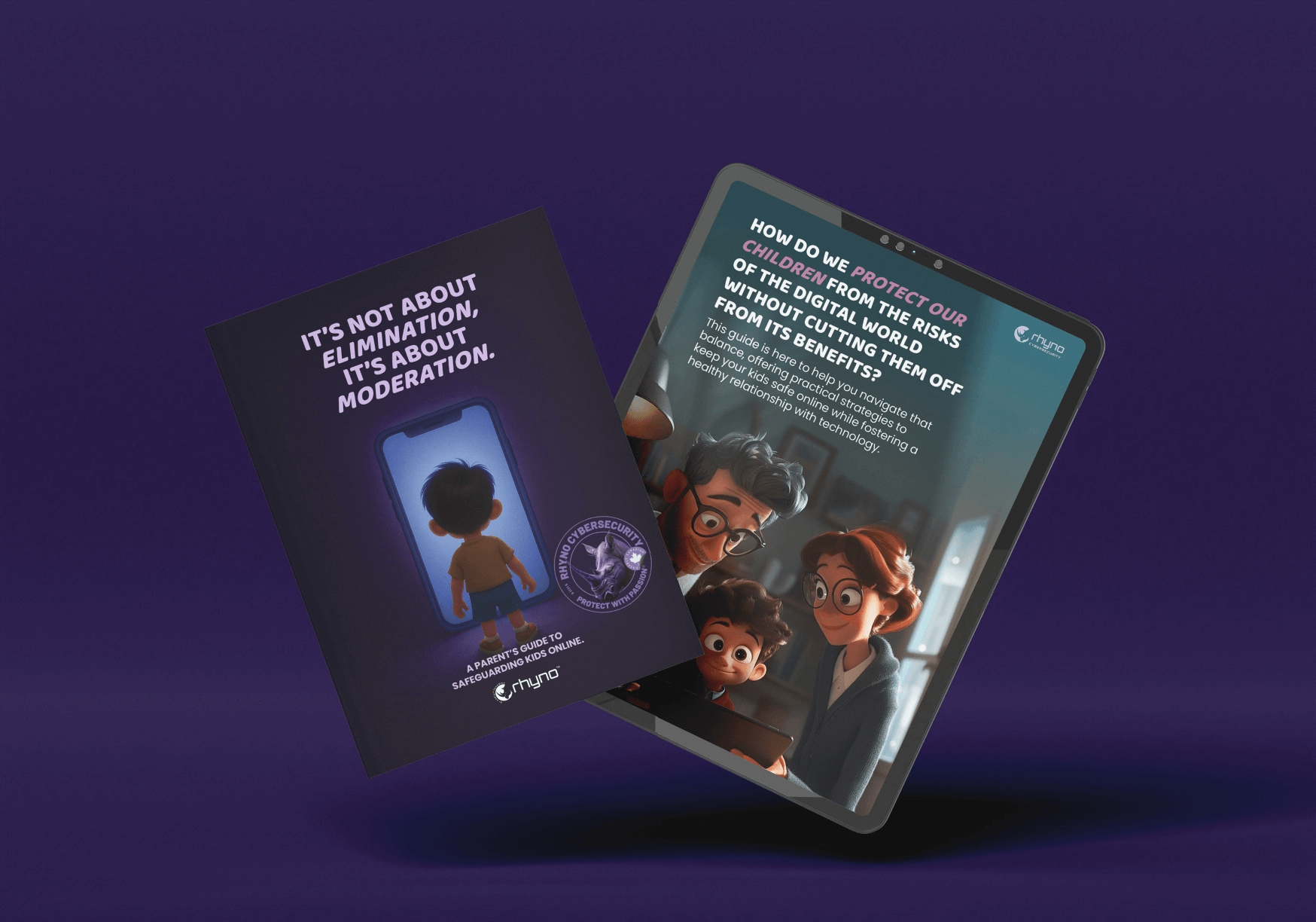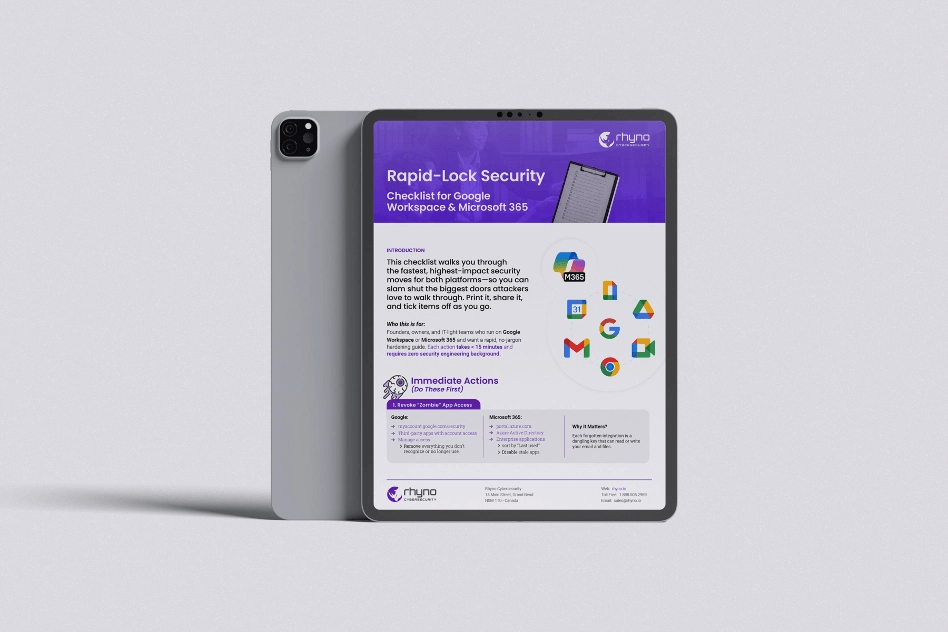Cloudflare Crash Knocks Out the Internet
A massive digital service disruption, traced back to the networking giant Cloudflare, sent shockwaves across the internet on Tuesday morning, rendering countless popular websites inaccessible. Starting around 6:20 AM ET, users attempting to visit platforms like X (formerly Twitter), the cutting-edge AI service ChatGPT, and even the essential site DownDetector—which monitors when other sites are down—were met with failure. Many saw a frustrating error message instructing them to “Please unblock challenges.cloudflare.com to proceed,” a clear sign that the issue lay with Cloudflare’s protective measures.
This incident wasn’t an isolated slowdown; it was a significant halt for many major online presences. Services that millions rely on daily, including the job search engine Indeed, ride-share giant Uber, design platform Canva, and music streaming leader Spotify, all reported major functional problems during the hours-long event. Even daily commuter updates were affected, with NJ Transit experiencing issues. For gamers, popular titles like League of Legends were temporarily unplayable, and fans of online fiction were locked out of Archive of Our Own.
⚙️ The Root Cause: A Flaw in Configuration Management
Cloudflare, a company primarily known for shielding websites from malicious attacks (like DDoS assaults) and speeding up content delivery across the globe, quickly identified the internal source of the problem. According to Jackie Dutton, a Cloudflare spokesperson, the crash was related to a “configuration file that is automatically generated to manage threat traffic.”
In a technical stumble, this crucial file “grew beyond an expected size of entries and triggered a crash in the software system that handles traffic for a number of Cloudflare’s services,” Dutton explained to reporters. Crucially, the company has confirmed that there is “no evidence” to suggest any foul play, such as a cyberattack or other deliberate malicious activity, was involved. This was, in essence, a self-inflicted wound stemming from an internal, automated process spiraling out of control.
Later in the day, Cloudflare’s Chief Technology Officer, Dane Knecht, took to X to express the company’s deep regret. He admitted that the service had “failed” its customers and the wider online community. Knecht elaborated that a “latent bug” within the system that underpins their bot mitigation capabilities—the tools used to distinguish real human visitors from automated “bot” traffic—began to “crash after a routine configuration change we made.” This technical explanation firmly placed the responsibility on an inherent weakness within their own code, triggered by an otherwise standard system update.
✅ Restoring Service and Reflecting on Reliability
Cloudflare’s technical teams worked swiftly to address the widespread issue. By 9:42 AM ET, just a few hours after the crash began, the company issued an update on its official status page announcing a breakthrough. The message stated, “A fix has been implemented and we believe the incident is now resolved.” While service was restored, the company continued to “monitor for errors to ensure all services are back to normal,” acknowledging the need for careful post-incident observation.
This Cloudflare incident is the latest in a series of high-profile technology outages that have highlighted the fragility of the modern internet. Just weeks ago, a massive failure at Amazon Web Services (AWS) caused chaos, taking down services like Fortnite and Snapchat. That event was swiftly followed by functional issues at Microsoft Azure that resulted in the Xbox network being offline for several hours. These back-to-back crashes serve as a stark reminder of how dependent the entire digital world is on a few massive infrastructure providers. When these core services falter, the cascading effect is immediate and global, affecting everything from daily communication to critical business operations and even how we track whether sites are working at all. The entire internet essentially holds its breath every time a key provider like Cloudflare experiences an unexpected technical glitch, underlining the crucial need for constant vigilance and robust fallback systems in the digital age.


